Cell biologist embraces new tools to study human development on the smallest scale

news, journals and articles from all over the world.

Cell biologist embraces new tools to study human development on the smallest scale
A widely found gene in plants has been newly identified as a key transporter of a hormone that influences the size of corn. The discovery offers plant breeders a new tool to develop desirable dwarf varieties that could enhance the crop’s resilience and profitability.
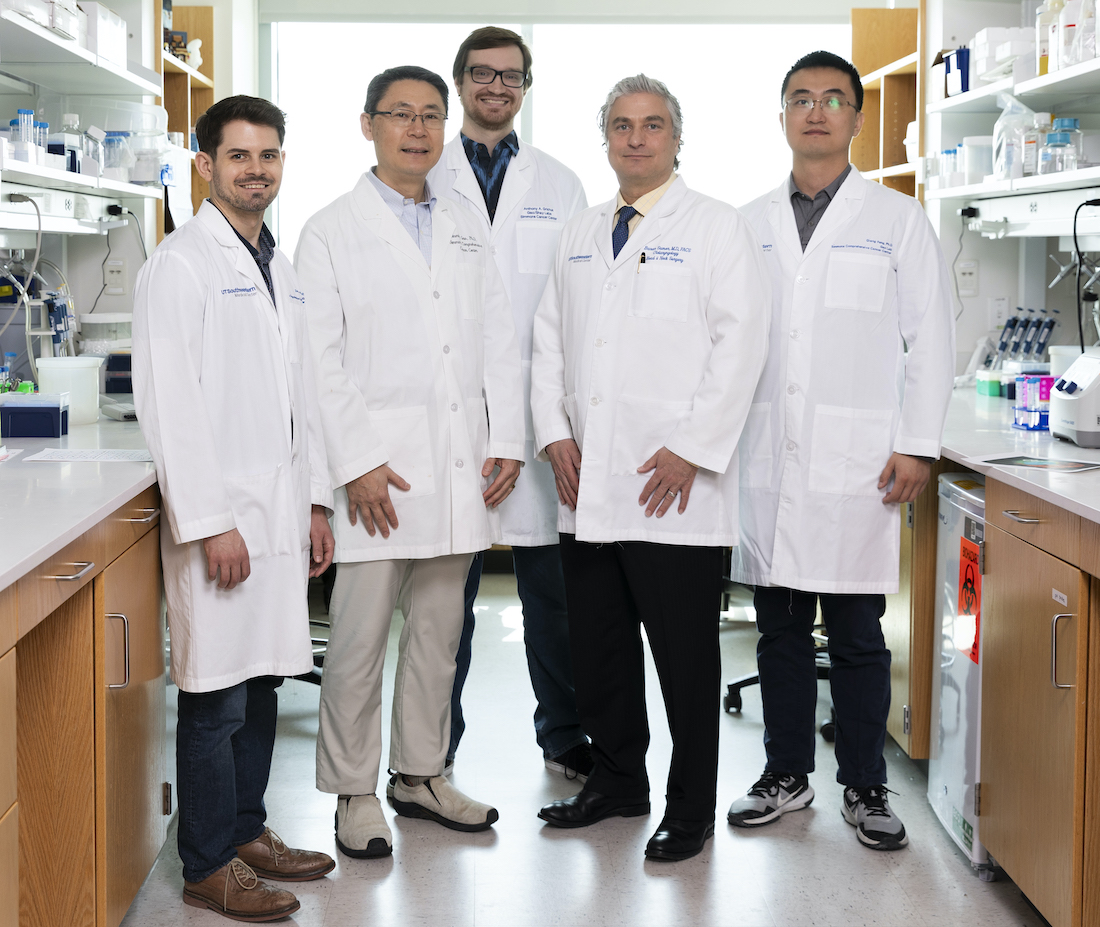
Cancer cells release a significantly more concentrated level of acid than previously known, forming an “acid wall” that could deter immune cells from attacking tumors, UT Southwestern Medical Center scientists show in a new study.
A nanoparticle-based therapy developed by UT Southwestern Medical Center scientists stimulated an immune pathway that eradicated tumors in mouse models of various cancer types. Their findings, published in Science Immunology, offer a new way to potentially harness the power of the body’s immune system against cancer.
Klaus Hahn, PhD, the Ronald G. Thurman Distinguished Professor of Pharmacology at the UNC School of Medicine, will co-lead this Chan Zuckerberg Initiative project with colleagues at Duke University and North Carolina State University.
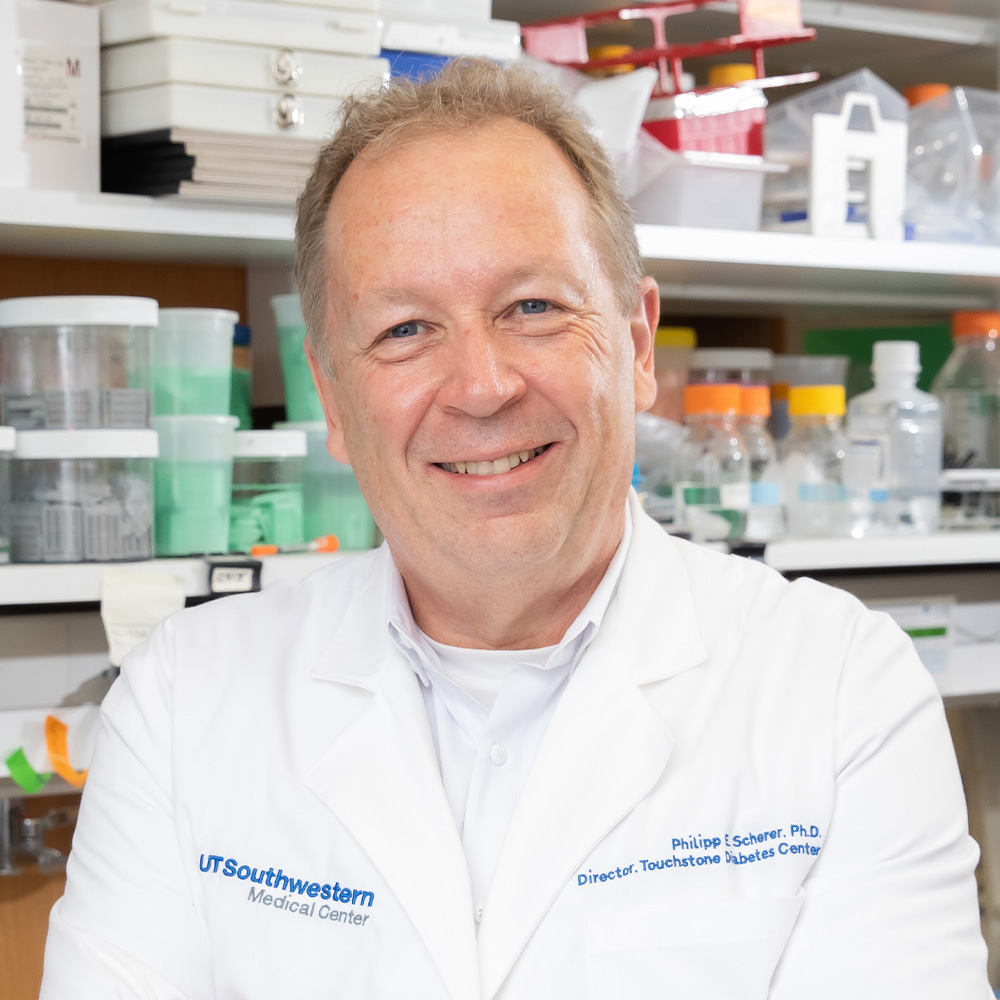
Glucagon, a hormone best known for promoting blood sugar production in the liver, also appears to play a key role in maintaining kidney health. When UT Southwestern Medical Center researchers removed receptors for this hormone from mouse kidneys, the animals developed symptoms akin to chronic kidney disease (CKD).
The quintessential female sex hormone estrogen stimulates cells that line blood vessels to deliver insulin to muscles, lowering blood sugar and protecting against Type 2 diabetes, UT Southwestern Medical Center researchers report. The findings, published in Nature Communications, could eventually lead to new therapies for Type 2 diabetes, a disease that affects hundreds of millions of people around the globe and continues to grow more prevalent.
The Association for Molecular Pathology has published best practice recommendations for validating and reporting clinical circulating tumor DNA (ctDNA) or liquid biopsy assays and their related scientific publications.
Miriam Merad, MD, PhD, an esteemed immunologist at the Icahn School of Medicine at Mount Sinai, has been elected to the National Academy of Medicine (NAM) in recognition of her pioneering contributions to the fields of immunology and cell biology.
An international team of researchers has demonstrated that a combination of inhibitors may suppress tumor growth and prevent relapse in patients with certain cancers, including head and neck squamous cell carcinoma and lung adenocarcinoma.
Promising preclinical results from UC San Diego show hematopoietic stem cell therapy was effective in rescuing memory loss, neuroinflammation and beta amyloid build-up in a mouse model of Alzheimer’s disease.
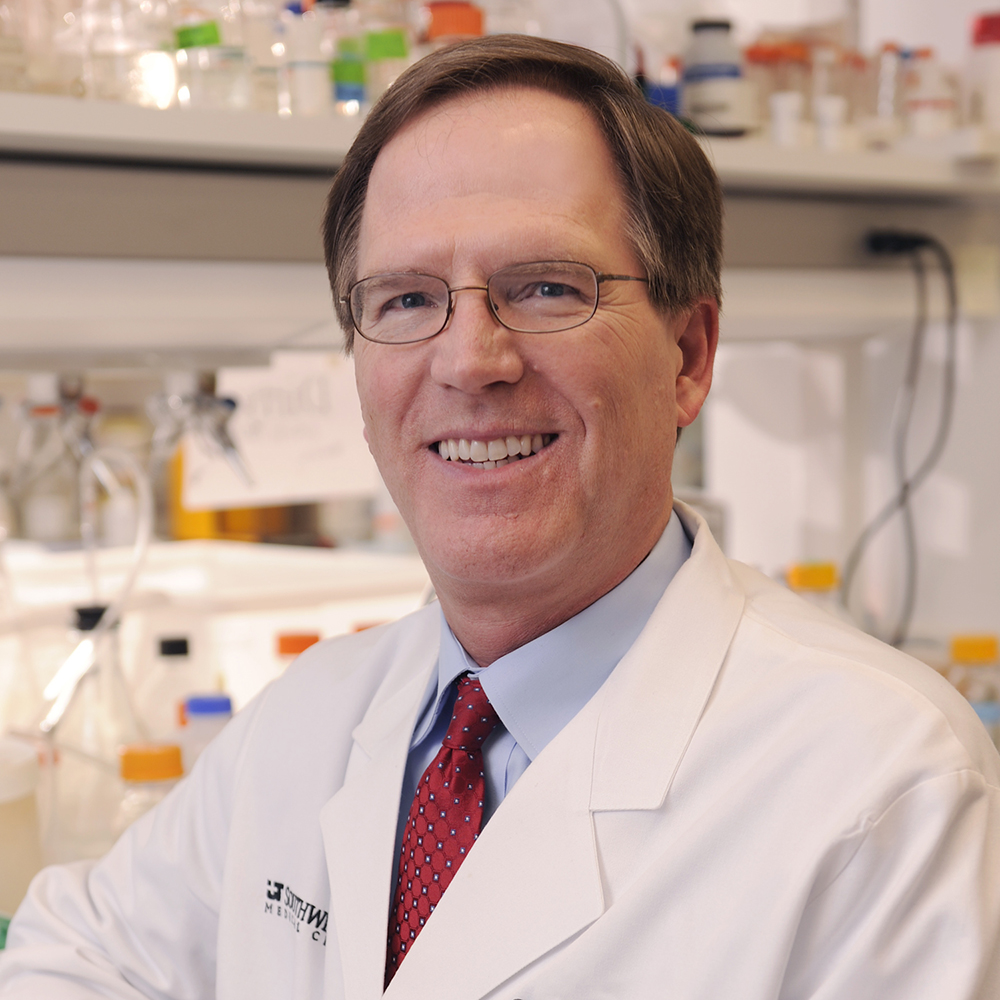
Scientists at UT Southwestern Medical Center and Children’s Medical Center Dallas have discovered in mice how high cholesterol causes blood vessels to become inflamed, a necessary prerequisite for atherosclerosis – the “hardening of the arteries” responsible for most heart attacks and strokes. The findings, published in Nature Communications, could lead to new interventions to protect against cardiovascular diseases (CVD), the leading cause of death globally.
Researchers have created a resource for analyzing how viruses infect human cells. The fruit fly-based toolkit provides a shortcut for assessing SARS-CoV-2 genes and understanding how they interact with human proteins, offering researchers a resource for new COVID-related drug therapies.
A set of nine scientific papers was released today in the Nature family of journals and the journal Cell Reports describing breakthroughs in creating an open framework for scientists to map the individual cells of the human body in two and three dimensions.
Breakthrough microscopy techniques are helping researchers visualize the ways our molecules interact with the human genome. Researchers at Yale School of Medicine used a series of expandable gels to pull apart a cell and expand it to 4000 times its…
Research at Argonne National Laboratory’s Advanced Photon Source has revealed a key mechanism behind a promising drug for copper deficiency disorders.
The latest space experiments from UC San Diego and Axiom Space will explore therapies for breast and colorectal cancer aboard the ISS, and monitor astronauts’ stem cell health over time.
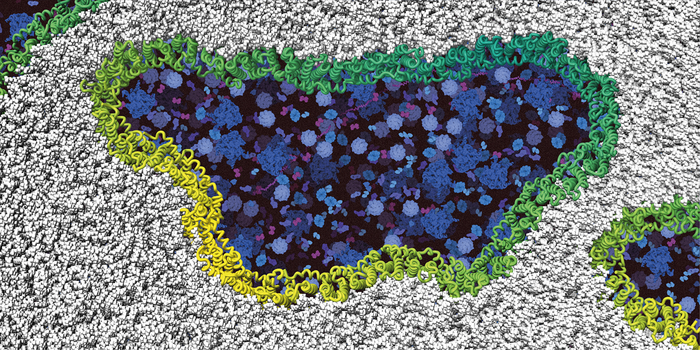
Every day, millions of cells die in our body. Other than generally assumed, cells do not simply burst at the end of their lives but rather, a specific protein serves as a breaking point for cell membrane rupture.
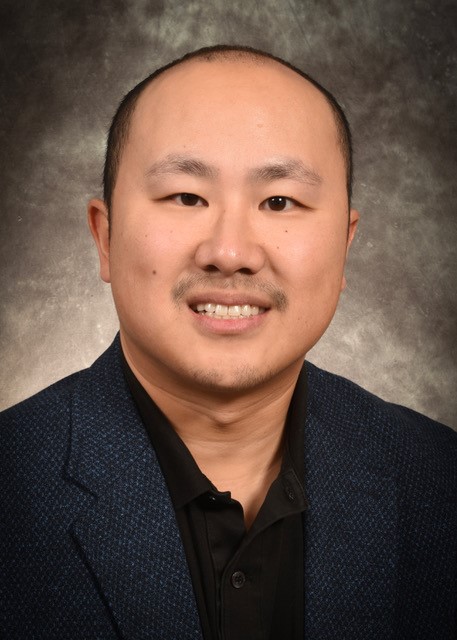
The goal of every dividing cell is to accurately segregate its genome into two genetically identical daughter cells. However, this process often goes awry and may be responsible for a new class of chromosomal abnormalities found in cancers and congenital disorders, UT Southwestern Medical Center scientists report in a new study. The discovery, published in Nature, sheds light on how cancer cells rapidly evolve genomic changes that fuel their proliferation.
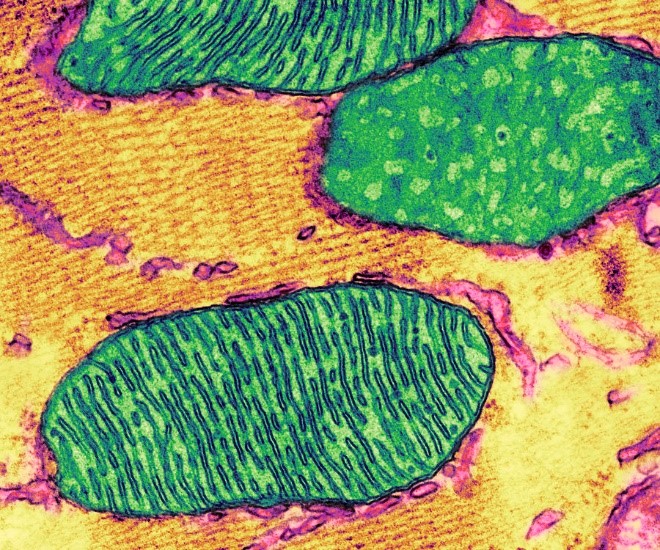
In medicine and science, the term “pathogenesis” describes the origin and development of disease. There is not, however, a broadly accepted term to describe the other half of the equation: the process of healing and recovery.
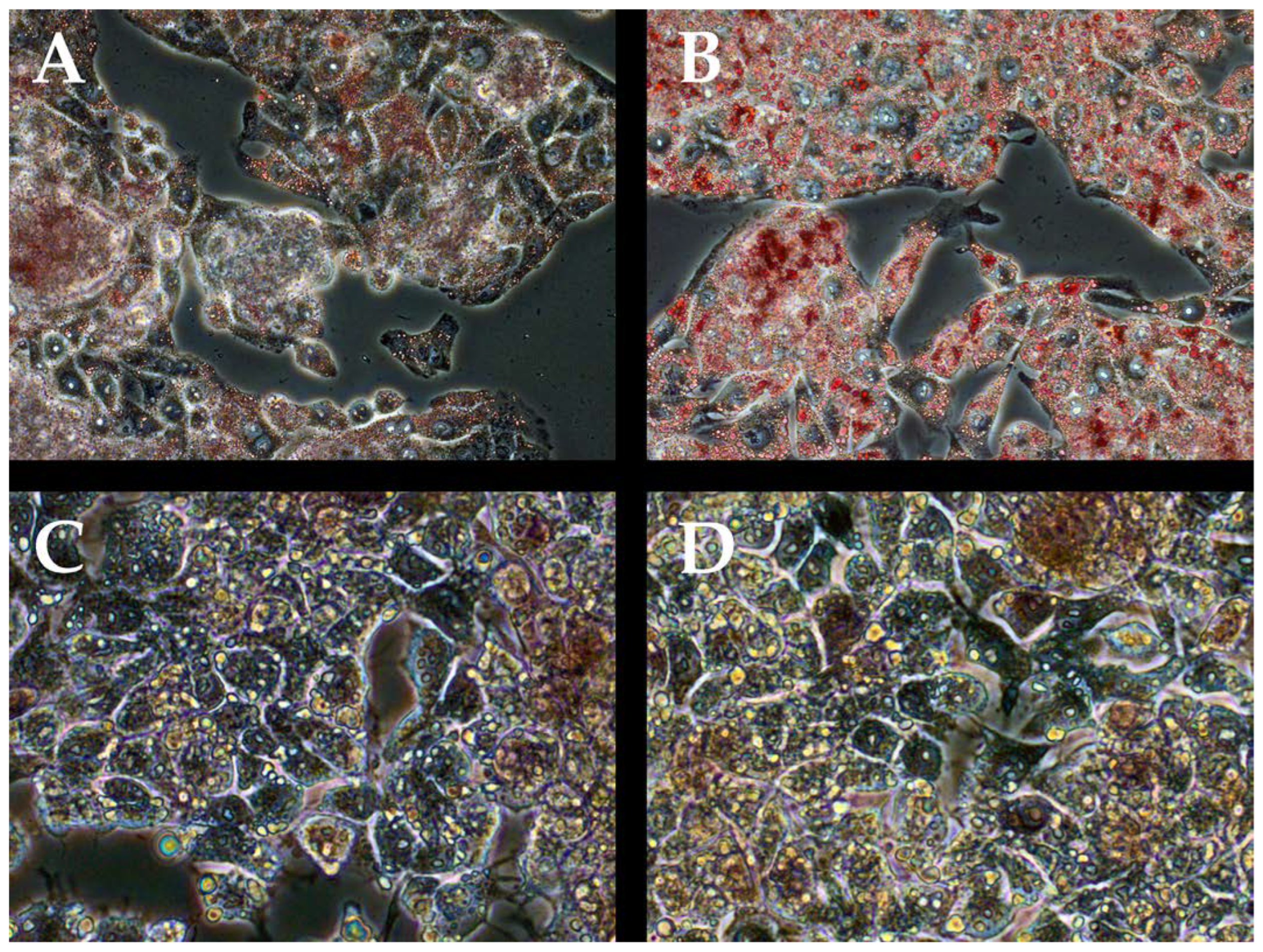
Scientists found out that blocking of receptor gp130 on the surface of liver cells helps to protect this organ from destruction in case of obesity.

New research from the McKelvey School of Engineering at Washington University in St. Louis has found that cancer cells can sense a layer of cells beneath the top collagen layer on which they normally travel, while normal cells cannot.
Researchers examined the material properties of a thin surface barrier called the glycocalyx with unprecedented resolution, revealing information that could help improve current cell-based cancer immunotherapies.
UC San Diego researchers find stem cells use a surprising system for discarding misfolded proteins. This unique pathway could be the key to maintaining long-term health and preventing age-related blood and immune disorders.
UC San Diego researchers have identified a strong association between the product of a gene expressed in most cancers and elevated levels of white blood cells that produce antibodies within tumors, suggesting a new therapeutic target.
Cell membrane protrusions called blebs that typically signify the end of life for healthy cells do the opposite for melanoma cells, activating processes in these cells that help them to survive and spread, a UT Southwestern study suggests.
Virginia Tech professor Robert Gourdie says teamwork is an important element in the process of discovery, and it involves many teams full of talented, curious, and lively people.
UC San Diego researchers describe how pancreatic cancer stem cells leverage a protein in a family of proteins that normally suppress tumors to instead do the opposite, boosting their resistance to conventional treatments and spurring growth.
UC San Diego scientists discover a molecular pathway critical to the initiation of pancreatic tumors. The findings may inspire new chemotherapeutic drugs targeting early stages of tumor formation and spread.
Models based on an average cell are useful, but they may not accurately describe how individual cells really work. New possibilities opened up with the advent of single-cell live imaging technologies. Now it is possible to peer into the lives of individual cells. In a new paper in PLOS Genetics, a team of biologists and physicists from Washington University in St. Louis and Purdue University used actual single-cell data to create an updated framework for understanding the relationship between cell growth, DNA replication and division in a bacterial system.
UC San Diego Herbert Wertheim School of Public Health and Human Longevity Science led 70 participants from 14 nations in a discussion on the ways in which a gene drive project registry could both contribute to and detract from the fair development, testing and use of gene-drive modified organisms.
Groundbreaking research by Argonne National Laboratory finds new method to quickly identify COVID-19 virus variants. Their work wins the Gordon Bell Special Prize.
More than 20 UT Southwestern Medical Center scientists are among the 2022 Highly Cited Researchers listed in the top 1% of researchers from across the globe
For the third year in a row, UT Southwestern is ranked as the top health care institution globally by Nature Index for publishing high-quality research in all subjects and in the life sciences.
A new study sheds light on the basic biology of frontotemporal dementia caused by a particular genetic mutation

Researchers at UC San Diego have identified a new signaling process involving G protein-coupled receptors (GPCRs), a cellular target already exploited by hundreds of diverse drugs. The discovery opens the possibility of new therapies, including for multiple forms of cancer.
In most higher organisms, including humans, every cell carries two versions of each gene, which are referred to as alleles.
UC San Diego scientists will lead several components of Bridge2AI, a new NIH-funded program to promote the use of AI in health and research.
A historically overlooked rod-like projection present on nearly every cell type in the human body may finally be getting its scientific due: A new study has found that these appendages on neurons in the brain have a key role in ensuring a specific dopamine receptor’s signals are properly received.
A research team led by Caltech spent nearly 20 years determining X-ray structures, one by one, to create a map of the nuclear pore complex, one of the largest and most complex pieces of cellular machinery.
Peptyde Bio discovers, designs, and characterizes novel anti-microbial peptides (AMPs)
A Rutgers scientist is part of an international team that has determined the process for incorporating selenium – an essential trace mineral found in soil, water and some foods that increases antioxidant effects in the body – to 25 specialized proteins, a discovery that could help develop new therapies to treat a multitude of diseases from cancer to diabetes.
Programmed cell death is an important tool that an organism uses to keep itself healthy. When a cell does not function as it should, various stress reactions are activated.
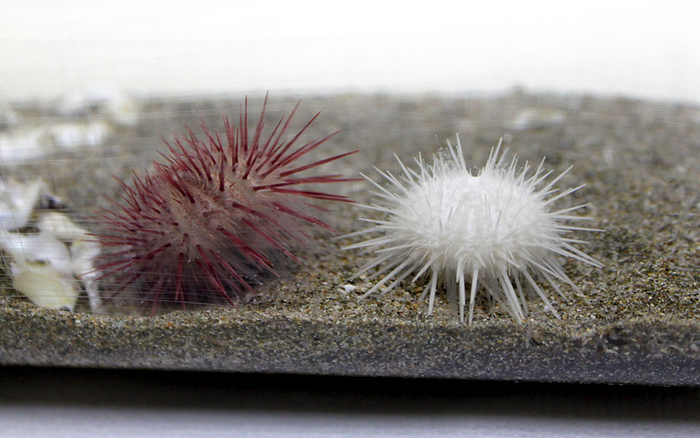
Many people may not realize that the humble sea urchin is a titan when it comes to the study of biology. Now, researchers from Japan have discovered that sea urchins could help biological studies go further than ever before.
For the first time, UNC-Chapel Hill scientists have measured the concentration of a biomarker of the commonly used fungicide azoxystrobin in the urine of pregnant women and children. They also documented maternal transfer of the chemical to mouse embryos and weaning-age mice.
A Rutgers researcher will use genomics, genetics, and cell biology to identify and understand the corals’ response to heat stress conditions and to pinpoint master regulatory genes involved in coral bleaching due to global warming and climate change. The researcher and his team will use a novel gene-editing tool as a resource to knock down some gene functions with the goal of boosting the corals’ abilities to survive.
The American Society for Cell Biology (ASCB) welcomes Rebecca Alvania as its new Chief Executive Officer, effective January 3, 2022. Alvania comes to ASCB from the American Society for Microbiology, where she served as the Assistant Director of Journals.
University of California San Diego researchers, with international colleagues, describe how energy expenditure and heat production are regulated in obesity through a previously unknown cellular pathway.
University of California San Diego researchers describe how a pair of fundamental genetic and cellular processes — aneuploidy and unfolded protein response — are exploited by cancer cells to promote tumor survival and growth.
UC San Diego School of Medicine researchers will receive $6.4 million in National Institutes of Health grant funding to study how external signals and genetic variations influence the behavior of one cell type in particular: insulin-producing beta cells in the pancreas.